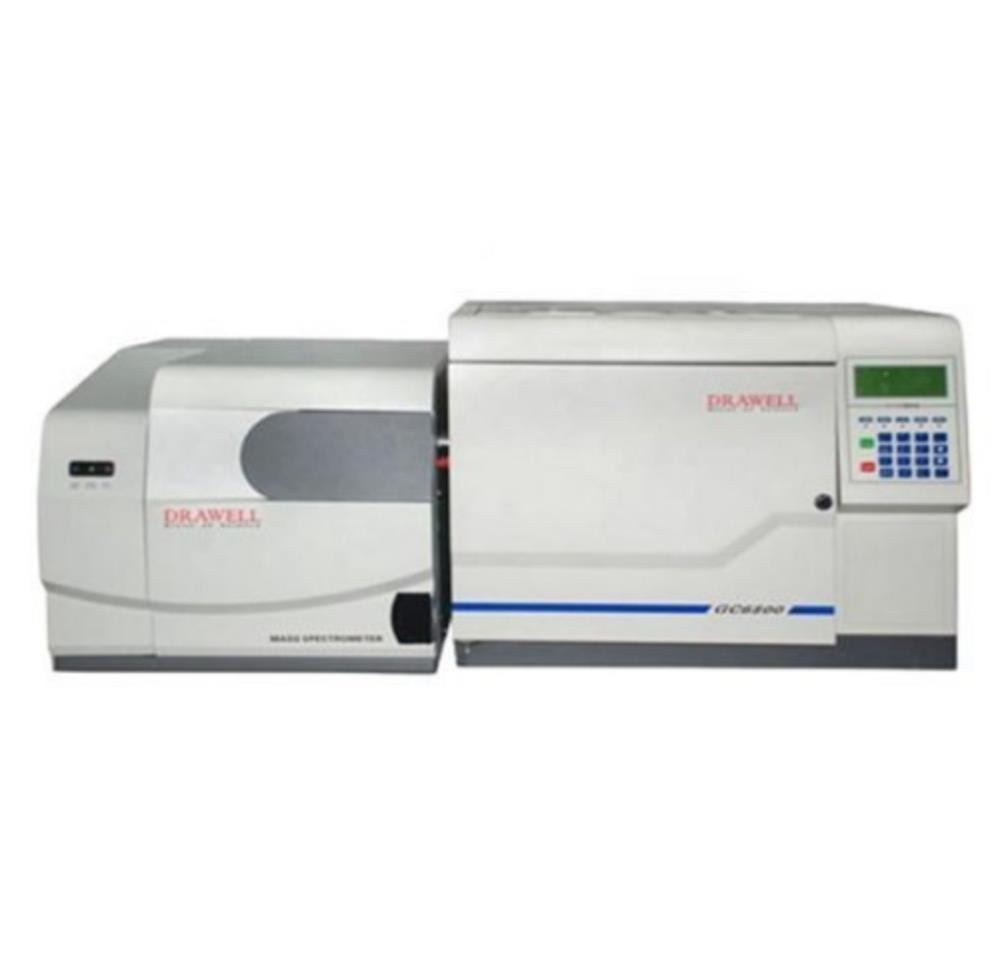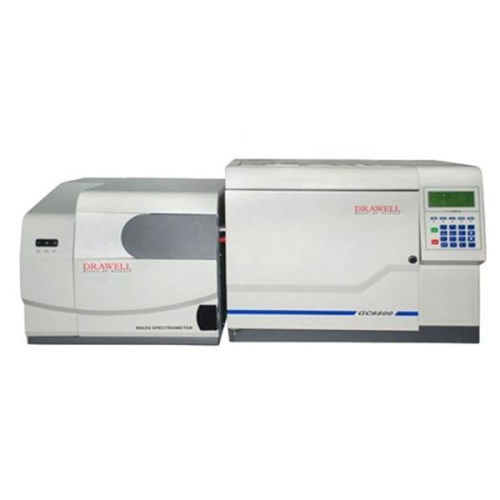Sample preparation is an important stage in gas chromatography-mass spectrometry (GC-MS) analysis, as it influences the accuracy, sensitivity, and reliability of the results. Over the years, significant innovations have been made in sample preparation techniques to enhance sensitivity, selectivity, and efficiency in GC-MS analysis. This article delves into the recent advancements in sample preparation methods, highlighting their transformative impact on GC-MS analysis across various industries.

Challenges in Sample Preparation for GC-MS Analysis
Sample preparation presents various problems that might affect the quality and efficiency of analytical operations. Understanding and addressing these issues is critical to attaining robust and reproducible GC-MS analysis.
1. Matrix Interference
One of the primary challenges in sample preparation for GC-MS analysis is matrix interference, which occurs when components of the sample matrix co-elute with analytes of interest, resulting in erroneous quantification and identification. Matrix interference can occur in complicated sample matrices such as biological fluids, environmental materials, and food extracts. To mitigate matrix interference, various strategies can be employed, including sample cleanup techniques such as solid-phase extraction (SPE) and QuEChERS, as well as selective derivatization methods to enhance analyte separation from matrix components.
2. Analyte Stability
Another challenge in sample preparation for GC-MS analysis is maintaining the stability of analytes during extraction, storage, and analysis. Some analytes may be prone to degradation or chemical transformation, particularly under harsh extraction conditions or prolonged storage. To ensure analyte stability, it is essential to optimize sample preparation conditions, including pH, temperature, and solvent choice. Additionally, minimizing exposure to light, air, and reactive compounds can help preserve analyte integrity throughout the sample preparation process.
3. Low Analyte Concentrations
Sample preparation for GC-MS analysis can be challenging when dealing with low analyte concentrations, especially in trace-level analysis or when working with complex sample matrices. Low analyte concentrations can result in poor signal-to-noise ratios and limit the sensitivity of detection. To overcome this challenge, preconcentration techniques such as solid-phase microextraction (SPME), liquid-liquid extraction (LLE), and microextraction methods can be employed to enrich analyte concentrations prior to GC-MS analysis. Additionally, optimizing extraction parameters and increasing sample volumes can improve analyte recovery and detection limits.
4. Sample Complexity
Complex sample matrices containing a wide range of compounds can pose significant challenges in sample preparation for GC-MS analysis. Co-elution of analytes with matrix components can hinder chromatographic resolution and interfere with accurate quantification and identification. To address sample complexity, selective sample cleanup techniques such as SPE, gel permeation chromatography (GPC), and size exclusion chromatography (SEC) can be used to remove interfering compounds and concentrate analytes of interest. Furthermore, comprehensive two-dimensional chromatography techniques can enhance separation capabilities and improve peak resolution in complex samples.
5. Method Reproducibility
Ensuring method reproducibility is essential for reliable and consistent GC-MS analysis.Variability in sample preparation procedures, such as extraction conditions, solvent volumes, and sample handling techniques, might cause errors and jeopardize analytical results. To improve method repeatability, standard protocols and quality control methods must be established, such as the use of certified reference materials, internal standards, and method validation procedures. Furthermore, automating sample preparation stages with robotic systems and liquid handling platforms can reduce operator error and increase analytical precision.

Tratraditional Sample Preparation Techniques for GC-MS Analysis
| Sample Preparation Technique | Description |
| Liquid-Liquid Extraction (LLE) | LLE involves the partitioning of analytes between two immiscible liquid phases, typically an organic solvent and water. This technique is suitable for extracting analytes with varying polarities. |
| Solid-Phase Extraction (SPE) | SPE utilizes solid sorbents to selectively retain analytes from liquid samples. After sample loading, analytes are eluted using a solvent, providing high selectivity and efficiency. |
| Headspace Sampling | Headspace sampling involves the extraction of volatile analytes from the headspace above a sample matrix. This technique is particularly useful for analyzing volatile organic compounds (VOCs) in solid or liquid samples. |
| Derivatization | Derivatization involves chemically modifying analytes to enhance their volatility, stability, or detectability. Common derivatization reactions include silylation, acylation, and alkylation, improving analyte detection in GC-MS analysis. |
Recent Advancements in Sample Preparation Techniques for GC-MS Analysis
1. Solid Phase Microextraction (SPME)
Solid Phase Microextraction (SPME) has developed as a versatile and effective sample preparation method for GC-MS analysis. Recent advances in SPME technology have aimed to improve analyte extraction efficiency, selectivity, and sensitivity. One significant advancement is the development of novel SPME fiber coatings with tailored chemical properties, such as mixed-mode coatings and molecularly imprinted polymers (MIPs). These specialized coatings improve analyte adsorption and desorption kinetics, enabling the extraction of a broader range of analytes from complex matrices. Furthermore, advancements in SPME fiber geometries, such as thin film microextraction (TFME) and in-tube SPME, have enabled enhanced sensitivity and reduced matrix effects, making SPME an invaluable tool for trace-level analysis in environmental, food, and forensic applications.
2. Microextraction Techniques
Microextraction techniques, including liquid-phase microextraction (LPME), solid-phase microextraction (SPME), and micro-solid-phase extraction (μ-SPE), have witnessed significant advancements in recent years. Miniaturization and automation have been key focuses of innovation in microextraction, leading to the development of high-throughput and robust sample preparation methods. For example, microextraction devices integrated with robotic systems enable automated sample extraction and injection, reducing human error and increasing analytical efficiency. Additionally, the introduction of novel sorbent materials, such as metal-organic frameworks (MOFs) and carbon-based nanomaterials, has enhanced extraction selectivity and efficiency, allowing for the analysis of complex samples with improved sensitivity and reproducibility.
3. QuEChERS Method
The QuEChERS (Quick, Easy, Cheap, Effective, Rugged, and Safe) method has revolutionized sample preparation in food safety and environmental analysis, particularly for pesticide residue determination using GC-MS. Recent innovations in the QuEChERS methodology have focused on improving extraction and cleanup efficiency while reducing solvent consumption and analytical time. Advanced dispersive solid-phase extraction (dSPE) sorbents, such as graphitized carbon black (GCB) and zirconium-based materials, have been developed to effectively remove matrix interferences and enhance analyte recovery. Furthermore, the implementation of alternative extraction solvents, such as ethyl acetate and acetonitrile, offers improved analyte recovery for a broader range of pesticide classes, ensuring robust and reliable GC-MS analysis in complex food and environmental matrices.
4. Automated Sample Preparation Systems
The necessity for high-throughput and reproducible sample preparation procedures has resulted in the development of automated sample preparation equipment specifically designed for GC-MS analysis. These integrated systems provide full solutions for sample extraction, derivatization, and cleanup, which streamlines the analytical workflow and reduces hands-on time. Recent advancements in automated sample preparation systems include modular designs, flexible workflows, and user-friendly interfaces, allowing for smooth interaction with GC-MS equipment. Furthermore, advances in robotic arms and liquid handling modules ensure accurate and repeatable sample processing, even for complicated sample matrices with varying compositions and analyte concentrations.
Conclusion
Innovations in sample preparation techniques are propelling GC-MS analysis forward, allowing researchers and analysts to attain greater sensitivity, selectivity, and efficiency in their analytical workflows. Continued research and development in sample preparation techniques are expected to further expand the capabilities of GC-MS analysis and address emerging challenges in analytical chemistry.

